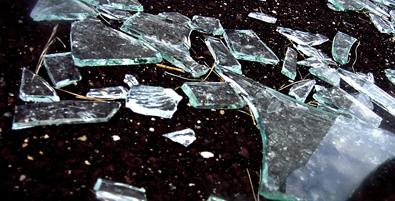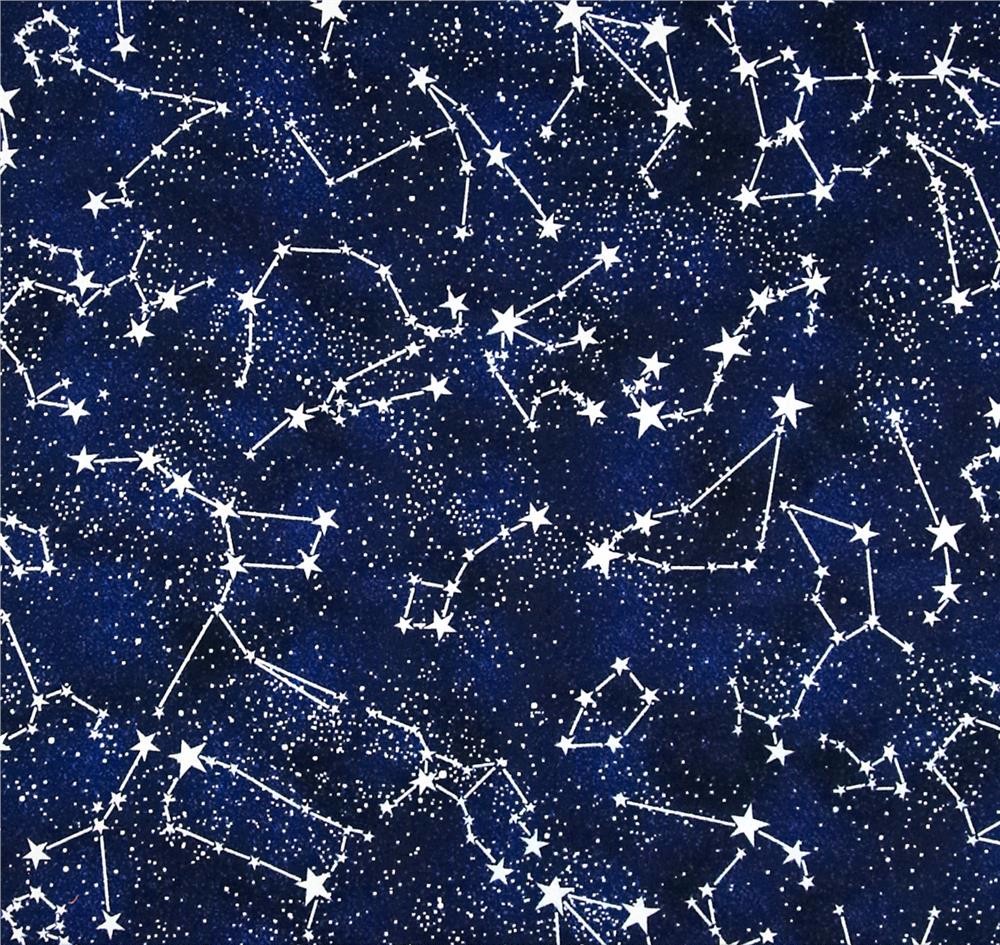Raging Bull is a film used to tell the story of a man who, while larger than life in the ring, at home he struggled to maintain control of his life. In this movie we follow the story of Jake LaMotta as he rises and falls in his boxing career and family life. As the story progresses we see Jake fall in love, win matches, and have children. Then we watch as he loses it all due to his insecurity and control issues. The character Jake must have control of his life, as we see him worry about everything from his weight to his wife to his titles and Scorsese does an incredible job of showing his downfall.
The first glimpse we see of his demise is one of the first scenes with Jake and his brother, Joey, where Jake is expressing his concern that he will never be a champion boxer with such small hands. His brother and manager of course, responds with reassurance but it’s not enough for Jake. He has his brother hit him multiple times showing his control over his body. Scorsese shoots this with an over the camera still shot that shows Jake taking blow after blow, an aspect that Jake is very proud of; even later in the film when he loses, he doesn’t fall to the other competitor, showing he is in control.
The next important scene that really shows Jake’s personality is in the ring; most of the camera work done to show Jake’s fighting is done by crane with close shots on bursts of action, giving it a more realistic feeling. The announcers of the match call Jake’s fighting style that of a brawler, someone who takes things head on. From this point in the movie Scorsese gives a montage of film stock, video that documents the next five or so years of Jake’s life as he marries, has kids and wins various matches. We then reach a turning point of the film and see a part of his life that he really struggles with: control of his wife. While slow motion is used sparingly during this film, one of the key moments is whenever he sees anyone hitting on his wife, whether they truly were or not is of no consequence to Jake; his perception is his reality. This slow motion allows for the viewer to see what Jake, a character with no background story, hardly any expository dialogue and no real discernible personality traits, truly focuses on. After perceiving his wife cheating on him, no one is safe from Jake’s quiet rage, not even his own brother.
From here the deterioration of his life quickens. We see shots of him with his shirt undone and his stomach out eating a large sandwich, this is significant because before Jake cared about his diet and his work ethic but we can see him not caring. There are two scenes that I feel mark his final downfall. After selling minors alcohol, we see him in a cell, a key light overhead and watch as he loses his mind punching a wall muttering to himself, “Stupid, I’m not an animal, I’m not the bad guy”, all phrases that show he has finally lost control of his world; it has slipped through his fingers and his unwillingness to accept it as his flaws.
And of course the final scene that takes us back to the opening scene. Whereas the opening scene could have been interpreted as glamorous, getting ready for a show, warming up, the final scene shows that it’s not any of these things. With the background knowledge that he is in a bar introducing “two-bit” acts, there is no illusion of glamor, his final monologue from another movie expressing what he could have been, as he stares in the mirror. With a fixed camera we see a man who has lost everything that he tried so hard to control and hang on to. Jake let it all slip through his hands, hands that in all honesty were probably too small to hold it in the first place.




